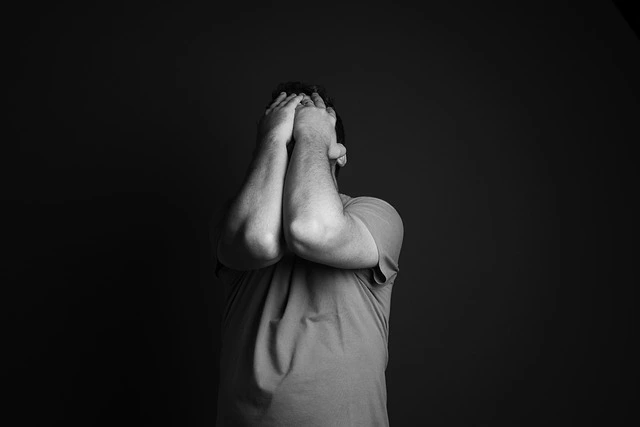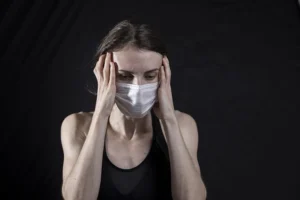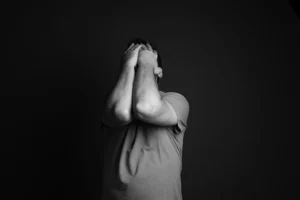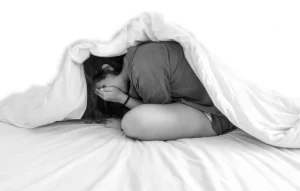Anxiety attack also known as panic attacks, can be a terrifying experience. These sudden episodes of intense fear can cause overwhelming physical and emotional distress, making it crucial to understand the symptoms, triggers, and coping strategies. This article will provide an in-depth analysis of anxiety attack symptoms, their causes, and effective treatments, ensuring a well-researched and SEO-optimized piece to enhance Google ranking and indexing.
What is an Anxiety Attack?
An anxiety attack is a sudden surge of intense fear or discomfort that reaches a peak within minutes. While anxiety is a normal response to stress, an anxiety attack can feel overwhelming and debilitating, often occurring without warning. These episodes may be mistaken for a heart attack or other medical emergency due to their intense physical symptoms.
Common Symptoms of an Anxiety Attack
Anxiety attacks can affect individuals differently, but there are common symptoms that most people experience. These symptoms can be categorized into physical, emotional, and cognitive manifestations.
1. Physical Symptoms of an Anxiety Attack
The body’s fight-or-flight response is activated during an anxiety attack, leading to various physical symptoms:
- Rapid Heartbeat (Palpitations): The heart may race or pound, causing discomfort and fear.
- Shortness of Breath: A feeling of suffocation or inability to breathe properly.
- Chest Pain: Tightness or sharp pain in the chest, often mistaken for a heart attack.
- Dizziness or Lightheadedness: A sensation of faintness or loss of balance.
- Sweating and Chills: Excessive perspiration, sometimes accompanied by hot flashes or cold chills.
- Trembling or Shaking: Involuntary muscle tremors, particularly in the hands.
- Nausea or Upset Stomach: Gastrointestinal distress, including nausea, cramping, or diarrhea.
- Numbness or Tingling: A sensation of pins and needles, particularly in the hands and feet.
2. Emotional Symptoms of an Anxiety Attack
Emotional distress is a core component of an anxiety attack. Common emotional symptoms include:
- Overwhelming Fear: A sense of impending doom or extreme dread.
- Irritability: A heightened state of nervousness and frustration.
- Feeling of Detachment: A sensation of being disconnected from reality or oneself.
- Uncontrollable Worry: Persistent, racing thoughts that exacerbate distress.
3. Cognitive Symptoms of an Anxiety Attack
Anxiety attacks can significantly impact thought processes and cognitive functions:
- Racing Thoughts: An inability to control or slow down overwhelming thoughts.
- Confusion: Difficulty thinking clearly or making decisions.
- Fear of Losing Control: A sensation that one is going crazy or losing touch with reality.
- Fear of Death: An intense belief that the attack is life-threatening.
Causes and Triggers of Anxiety Attacks
Anxiety attacks can be triggered by a variety of factors, including:
- Chronic Stress: Long-term exposure to stress can make individuals more prone to anxiety attacks.
- Trauma or PTSD: Past traumatic experiences can resurface in the form of panic attacks.
- Phobias: Specific fears, such as social situations or confined spaces, can induce anxiety attacks.
- Substance Use: Alcohol, caffeine, and drug use can increase the likelihood of anxiety attacks.
- Medical Conditions: Conditions such as heart disease, thyroid disorders, or respiratory issues can contribute to symptoms.
- Genetics: A family history of anxiety disorders can increase susceptibility.
- Hormonal Imbalances: Fluctuations in hormones, such as during pregnancy or menopause, can trigger anxiety attacks.
How to Differentiate an Anxiety Attack from a Heart Attack
Many people mistake an anxiety attack for a heart attack due to overlapping symptoms. Here are key differences:
| Symptom | Anxiety Attack | Heart Attack |
| Chest Pain | Sharp, stabbing pain | Pressure or squeezing sensation |
| Duration | Usually peaks within 10-30 minutes | Can last longer than 30 minutes |
| Breathing | Rapid, shallow breathing | Shortness of breath unrelated to panic |
| Trigger | Often occurs in response to stress or fear | Usually occurs during physical exertion |
| Relief | Improves with relaxation techniques | Does not improve with deep breathing |
If you are uncertain about your symptoms, it is always best to seek medical attention immediately.
How Anxiety Attacks Are Diagnosed
A medical or mental health professional can diagnose anxiety attacks through:
- Clinical Interviews: Discussion of symptoms, triggers, and medical history.
- Psychological Evaluations: Questionnaires to assess anxiety severity.
- Physical Examinations: To rule out underlying medical conditions.
- Lab Tests: Blood tests to check for imbalances that may contribute to symptoms.
Treatment and Management of Anxiety Attacks
Anxiety attacks are treatable, and multiple strategies can help individuals manage their symptoms.
1. Cognitive Behavioral Therapy (CBT)
CBT is one of the most effective treatments for anxiety attacks. It helps individuals identify negative thought patterns and develop healthier coping mechanisms.
2. Medication
Medications may be prescribed to help manage symptoms, including:
- Selective Serotonin Reuptake Inhibitors (SSRIs): Such as Prozac and Zoloft to regulate mood.
- Benzodiazepines: Short-term relief with medications like Xanax or Ativan.
- Beta-Blockers: To control physical symptoms like rapid heartbeat.
3. Lifestyle Changes
Making small but significant lifestyle changes can help reduce the frequency of anxiety attacks:
- Regular Exercise: Engaging in physical activities helps lower stress levels.
- Mindfulness and Meditation: Practicing relaxation techniques reduces anxiety intensity.
- Healthy Diet: Reducing caffeine, alcohol, and sugar intake can improve mental health.
- Adequate Sleep: Ensuring sufficient rest can prevent anxiety flare-ups.
4. Breathing Techniques and Grounding Exercises
During an anxiety attack, grounding techniques can help restore a sense of control:
- Deep Breathing: Slowly inhale through the nose and exhale through the mouth.
- 5-4-3-2-1 Method: Identify five things you can see, four things you can touch, three things you can hear, two things you can smell, and one thing you can taste.
- Progressive Muscle Relaxation: Tensing and relaxing different muscle groups to relieve tension.








